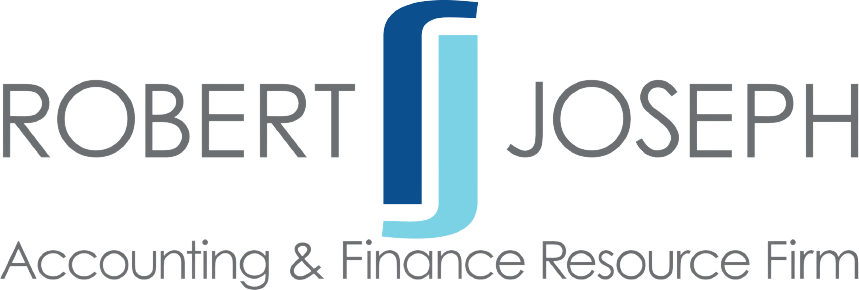How to Create a Budget
As the year closes, business owners begin planning their budgets for the new year. A business budget is a future-focused, predictive plan providing fiscal structure for your company. Knowing where your money is, where it is going, and where it has been allows you the freedom to run your business more efficiently. A budget helps you maintain control over your money. It empowers you with a compass to make healthy decisions regarding growth. Which, in turn, makes your bottom line more profitable.
Orchestrating your budget might feel intimating. After all, there are many variables to take into consideration. However, a few simple steps break down the process for any business.
Project Gross Revenue
It is impossible to know precisely what revenue the upcoming year will bring, but you can make an educated projection based on previous P+L statements, preferably several years’ worth. In addition, trends or standards in the industry provide valuable data. Take this month by month. Keep in mind that this step calculates all the sales revenue coming in the door before any expenses.
Look at Fixed Costs
A fixed cost is any expense that remains unchanged despite influxes or effluxes in production and services. Estimate as many of your fixed costs as possible, including rent, supplies, payroll (for salaried employees), taxes, insurance, phone and communication services, marketing, maintenance, banking, legal, and accounting fees.
Estimate Your Variable Costs
In addition to fixed costs, you must plan for variable costs. A variable expense rises and falls with production. The greater the production output, the higher your costs. This includes raw materials, labor, shipping, sales commissions, utilities, and perhaps travel costs.
Plan for Other Expenses
Be sure to budget for emergency and one-time purchases as well. Set aside money every month for unexpected expenses.
As an aside note: It is better to overestimate your expenses than to underestimate them.
Set Your Goals
As you look towards the new year, you are probably planning for growth. This begins with setting goals, which means there may be some additional costs to add to your budget. For example, it might include increased marketing, development, or community outreach goals.
Get to Budgeting!
Once you compile the data for all the above, it is time to put it together. Subtract your costs from your revenue, line by line, to determine your projected profit. Don’t be afraid to reevaluate and reallocate your costs, cutting them where you can and increasing your projected bottom line. Break your budget into monthly and even quarterly guides that are simple to track and measure.
Are you looking to add team members to your accounting department? Reach out to us at The Robert Joseph Group. With the highest degrees of professionalism and expertise, we will send you the talent you need. Contact us today!
